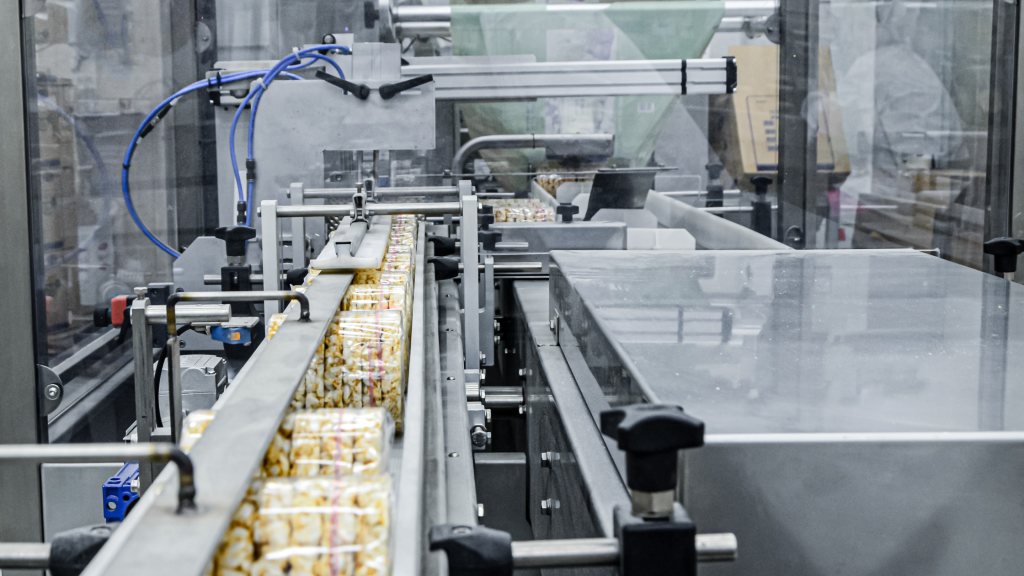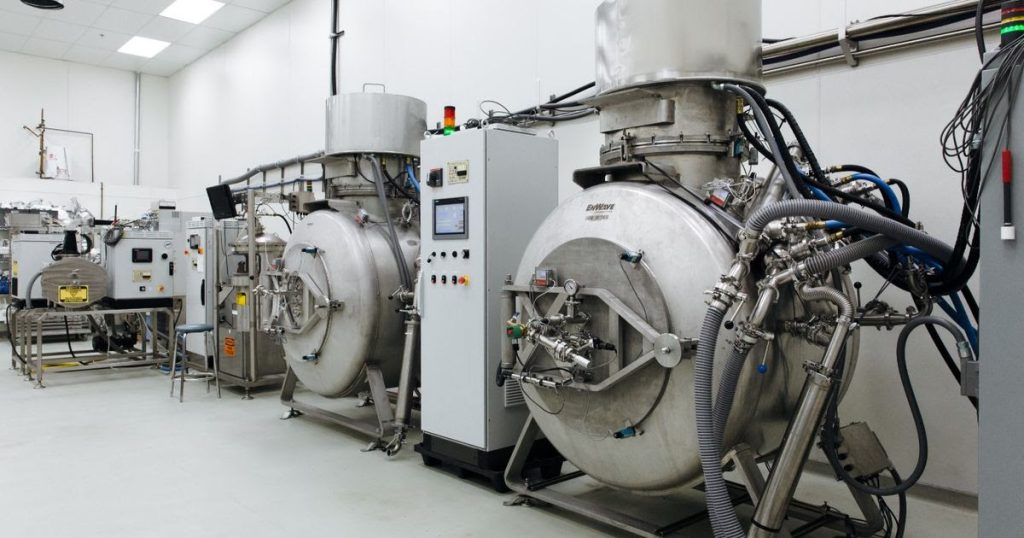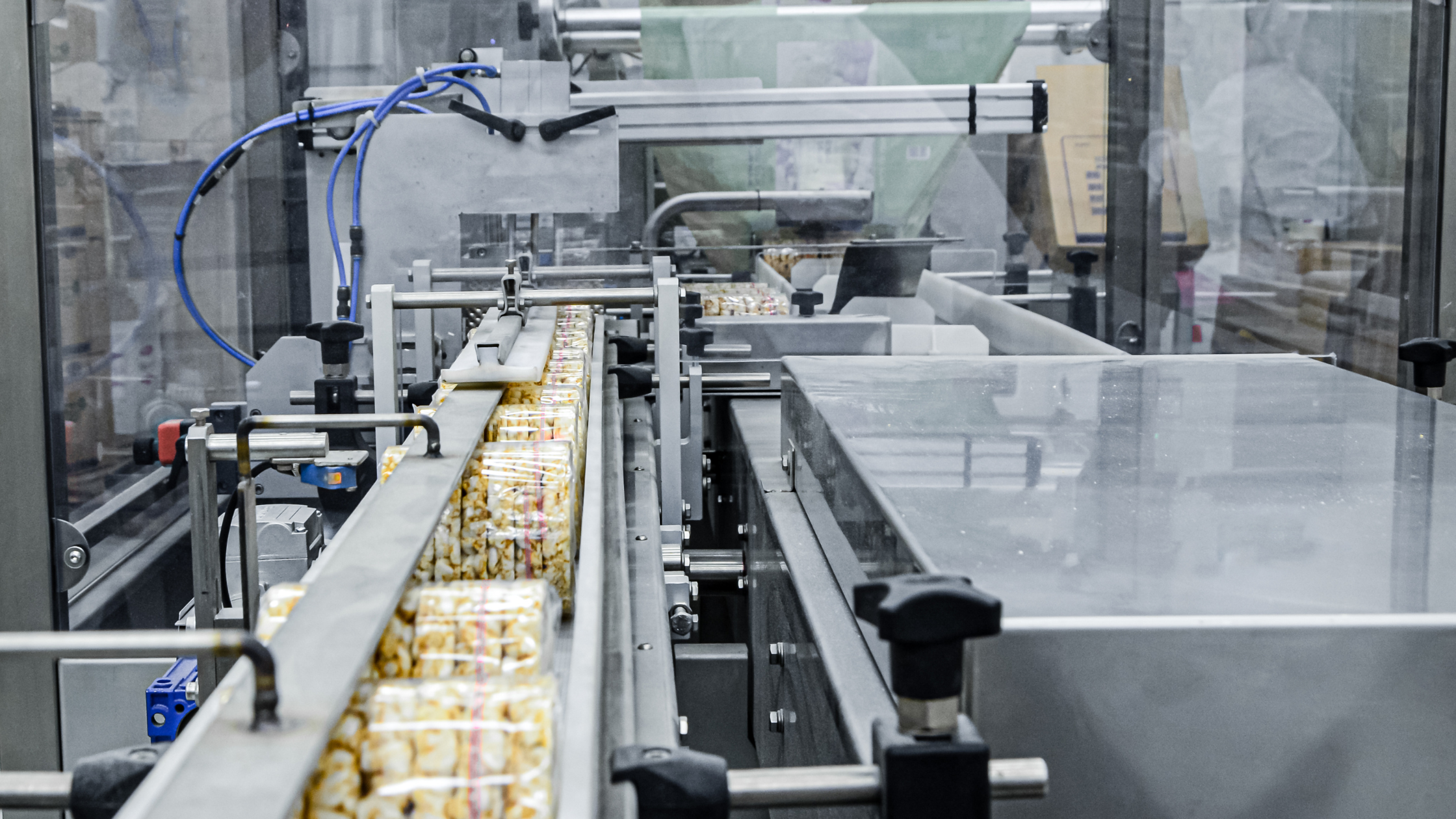What is the best industrial drying equipment?
The right industrial drying equipment can make or break a product’s quality, texture, and profitability. It fundamentally shapes your product’s identity, market position, and ultimately, your bottom line. But with options ranging from traditional freeze dryers to cutting-edge microwave systems, how do you decide what’s best for your business? Let’s explore the landscape of commercial drying technologies, their trade-offs, and how innovative solutions are reshaping the industry.

The economic impact of drying technology selection
Before examining specific equipment options, it’s worth understanding the economic framework within which drying technologies operate. The total cost of ownership extends well beyond initial capital investment, encompassing several key factors:
Energy consumption
Energy typically represents 30-40% of operational costs for drying processes. Different technologies vary dramatically in their energy requirements, with some systems consuming up to three times more energy than others for equivalent moisture removal. This variance becomes particularly significant at scale, where seemingly small efficiency differences translate into substantial cost implications over time.
Processing time
The speed at which product moves through your drying system directly impacts production capacity and capital utilization. Faster drying cycles mean more product can be processed with the same equipment footprint, effectively lowering your per-unit fixed costs. However, processing speed must be balanced against product quality considerations, as excessively rapid drying can compromise structural integrity and sensory characteristics.
Product quality and value
Perhaps most consequentially, drying technology directly affects what you can charge for your finished product. Superior retention of color, flavor, and nutritional compounds often commands premium pricing, while distinctive textural attributes can differentiate products in crowded categories. The most economically advantageous drying system may not be the cheapest to purchase or operate, but rather the one that maximizes your product’s market value.
Labor requirements
Different drying technologies demand varying levels of operator expertise and intervention. More automated systems generally reduce labor costs but may require specialized technical support and maintenance capabilities. This balance should be evaluated within the context of your existing workforce capabilities and regional labor market.
With these economic considerations in mind, let’s examine the primary industrial drying equipment options available to food processors today.
Industrial drying equipment compared
Here’s how leading technologies stack up for food processing and product development:
Freeze Dryers
Leaders: GEA Group, Millrock Technology, Cuddon
- How they work: Frozen products sublimate ice under vacuum over 24–48 hours.
- Best for: Pharmaceuticals, lightweight camping meals, products needing exact structural replication.
- Trade-offs: High energy use (1.2+ kWh/kg), long cycles, and nutrient loss in sensitive compounds.
Spray Dryers
Leaders: SiccaDania, Dedert Corporation
- How they work: Atomize liquids into hot air streams to create powders.
- Best for: Instant coffee, protein powders, and dairy ingredients.
- Trade-offs: Limited to liquids/slurries, high heat damages some nutrients.
Belt Dryers
Leaders: Bepex International, Bühler Group
- How they work: Convey products on mesh belts through heated chambers.
- Best for: Herbs, grains, and vegetables needing gentle drying.
- Trade-offs: Slow processing, uneven drying for thick products.
Microwave Dehydration (REV™)
Leader: EnWave Corporation
- How they work: Combine vacuum pressure with targeted microwave energy to remove moisture 5x faster than freeze drying.
- Best for: Snacks, functional foods, and ingredients requiring nutrient density and crisp textures.
- Trade-offs: Higher upfront costs offset by lower operational expenses.

Making the Right Selection for Your Specific Needs
With various industrial drying options available, selecting the optimal technology requires systematic evaluation of your specific requirements. Consider these key factors when evaluating commercial food drying equipment:
Product quality requirements
Start with clear quality benchmarks for your finished product. What sensory attributes must you maintain? How crucial is nutrient preservation? What specific textures define your product? Your answers will help narrow down suitable equipment options.
Production volume and flexibility
While current production needs are your starting point, consider future flexibility too. Will you need to process different product types? How might your volume needs change during the equipment’s lifetime? Consider investing in technologies that offer modular expansion and adjustable parameters.
Energy availability and costs
Energy costs and availability in your region shape the economic decision. Areas with high electricity rates may justify investing in energy-efficient technologies that offer long-term savings. Consider how renewable energy compatibility fits into your strategic plans.
Space constraints
Facility limitations can rule out certain options from the start. Consider not just floor space, but ceiling height, ventilation requirements, and maintenance access. Some technologies deliver higher output per square foot, a valuable efficiency gain.
Workforce capabilities
Different drying systems need varying levels of operator skill and technical support. Be realistic about your team’s capabilities, even the most advanced equipment won’t benefit you if your staff can’t operate it effectively.
Finding Your Optimal Drying Solution
The industrial drying equipment landscape offers diverse options that balance quality outcomes, operational requirements, and economic considerations in different ways. From traditional commercial freeze dryers to advanced microwave vacuum systems like EnWave’s REV™ technology, each approach presents distinct advantages for specific applications.
Food processors achieve optimal results when they:
- Establish clear priorities among competing factors like quality, throughput, and operating costs
- Evaluate technologies within the context of their complete production ecosystem
- Consider both immediate needs and long-term strategic flexibility
- Partner with equipment providers offering application-specific expertise
The difference between adequate and exceptional drying outcomes rarely stems from equipment capabilities alone, but rather from the thoughtful application of appropriate technology to specific product requirements. By understanding the distinctive characteristics of different drying approaches, food processors can make informed decisions that enhance both product quality and business performance.
Next steps in your drying technology Evaluation
If you’re considering upgrading your food dehydration capabilities or implementing new product development initiatives requiring advanced drying technology, we invite you to explore how EnWave’s REV™ technology might align with your specific requirements.
Our team of food technology specialists can provide detailed information about equipment capabilities, conduct product-specific testing, and help evaluate the economic implications for your particular application. Contact EnWave today to arrange a consultation or technology demonstration tailored to your specific food processing requirements.
Explore enwave.net to learn more about our REV™ technology and how it’s helping food innovators worldwide create distinctive products that meet evolving consumer demands.


